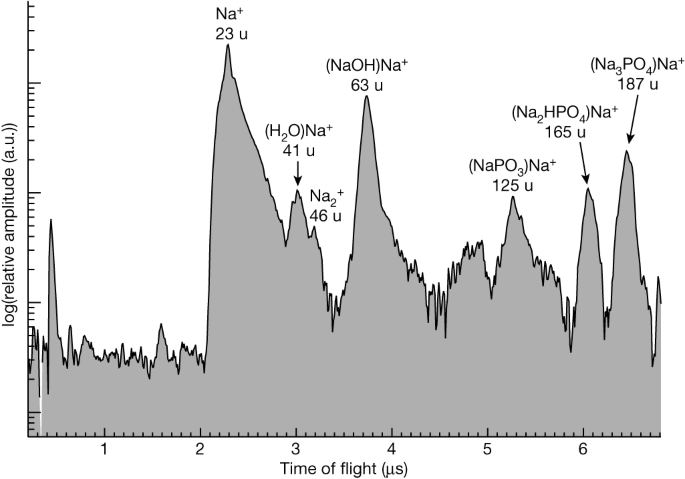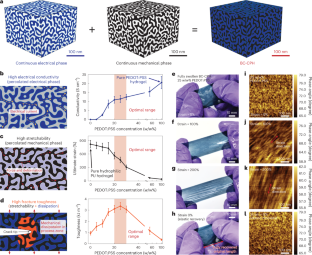2023-06-16 ニューサウスウェールズ大学(UNSW)
◆これは地球外生命の探索において有望な場所であることを示す証拠の一つです。さらなる研究が必要ですが、エンケラドゥスの海で有機リン化合物を検出することは、生命の存在の可能性を高めるでしょう。
<関連情報>
- https://newsroom.unsw.edu.au/news/science-tech/first-time-astronomers-have-found-life-supporting-molecules-called-phosphates
- https://www.nature.com/articles/s41586-023-05987-9
エンケラドスの海に由来するリン酸塩を検出 Detection of phosphates originating from Enceladus’s ocean
Frank Postberg,Yasuhito Sekine,Fabian Klenner,Christopher R. Glein,Zenghui Zou,Bernd Abel,Kento Furuya,Jon K. Hillier,Nozair Khawaja,Sascha Kempf,Lenz Noelle,Takuya Saito,Juergen Schmidt,Takazo Shibuya,Ralf Srama & Shuya Tan
Nature Published:14 June 2023
DOI:https://doi.org/10.1038/s41586-023-05987-9

Abstract
Saturn’s moon Enceladus harbours a global1 ice-covered water ocean2,3. The Cassini spacecraft investigated the composition of the ocean by analysis of material ejected into space by the moon’s cryovolcanic plume4,5,6,7,8,9. The analysis of salt-rich ice grains by Cassini’s Cosmic Dust Analyzer10 enabled inference of major solutes in the ocean water (Na+, K+, Cl–, HCO3–, CO32–) and its alkaline pH3,11. Phosphorus, the least abundant of the bio-essential elements12,13,14, has not yet been detected in an ocean beyond Earth. Earlier geochemical modelling studies suggest that phosphate might be scarce in the ocean of Enceladus and other icy ocean worlds15,16. However, more recent modelling of mineral solubilities in Enceladus’s ocean indicates that phosphate could be relatively abundant17. Here we present Cassini’s Cosmic Dust Analyzer mass spectra of ice grains emitted by Enceladus that show the presence of sodium phosphates. Our observational results, together with laboratory analogue experiments, suggest that phosphorus is readily available in Enceladus’s ocean in the form of orthophosphates, with phosphorus concentrations at least 100-fold higher in the moon’s plume-forming ocean waters than in Earth’s oceans. Furthermore, geochemical experiments and modelling demonstrate that such high phosphate abundances could be achieved in Enceladus and possibly in other icy ocean worlds beyond the primordial CO2 snowline, either at the cold seafloor or in hydrothermal environments with moderate temperatures. In both cases the main driver is probably the higher solubility of calcium phosphate minerals compared with calcium carbonate in moderately alkaline solutions rich in carbonate or bicarbonate ions.



